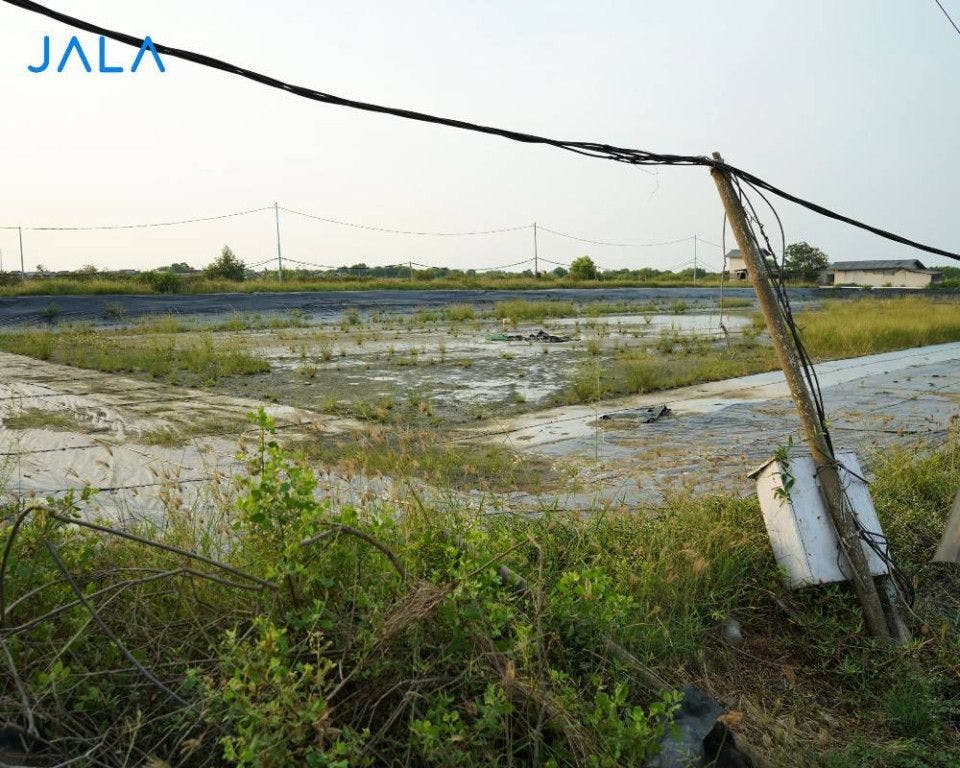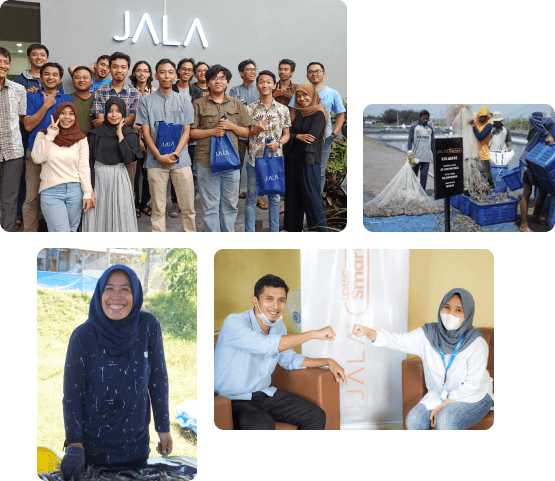
The shrimp industry has undergone rapid development in the last few decades. Shrimp has become one of the most traded seafood products in the world. Since 2014, more than half of consumed seafood also originates from aquaculture.
Due to increasing market demand trends, the shrimp industry opens up a space for farmers to develop and attract more investors. This includes increasing production capacity through expansion or new farm acquisition. However, investors and farmers should understand a few things before deciding to expand to new locations or optimize existing/idle farms to develop their business.
Here are some considerations needed before investing in a new farm or expanding an existing one.
- Production cost efficiency. Land takes up the biggest cost before starting a shrimp farm. There are also fixed costs (land, assets, wage) and variable costs (feed, production facilities, energy).
- Environmental impact. The farm needs to be in an ideal location which supports cultivation while minimizing harmful effects to the environment.
Minimize opening up new areas as much as possible
Despite the economic benefit, shrimp cultivation activities have potentially negative effects. For example, opening up new farms and non-sustainable shrimp cultivation methods harm the ecosystem and biodiversity. In Indonesia, shrimp farms are the cause of degradation of 70% of mangroves forests. Changing the function of mangroves and disposing waste to coastal areas have become a major issue.
Shrimp farms support the economy and income of coastal communities, but also impacts the ecosystem. Expansions without proper planning also cause socio-ecological problems. This can be seen from the situation in Bangladesh, although such cases can also be found locally, where local communities are in conflict with shrimp farm enterprises.
The demand for opening up new lands arises when shrimp farms are deemed to fail, established in the wrong location, or is no longer productive, causing them to be abandoned. Investors look for new locations to establish new farms as they think it would bring more profit. However, this solution is not ideal, and other solutions should be considered.
The opening up of new land for shrimp farms is also regulated to maintain environmental balance. One of the regulations is to build farms behind green belt zones. Read more: The Importance of Green Belt for Shrimp Farming
Optimization with the right considerations
Shrimp farms are usually classified based on their production intensity. The higher the intensification, the more its production capacity. However, shrimp farms should also prioritize production efficiency. Production intensity hugely impacts land usage. However, intensifying the cultivation helps in reducing land usage to produce more shrimp.
Looking at a case from Thailand in the 1980s, around 26 thousand hectares of land was used to produce 8 thousand tonnes of shrimp. In 2012, the total farmland increases 2x, but through cultivation intensification, the production of shrimp increased 66x to 540 thousand tonnes.
However, intensification is not the best solution, as intensive methods increase the chances of shrimp disease due to high stocking density. Intensifying the cultivation should go hand in hand with the assessment of the surrounding environment’s carrying capacity, such as sufficient water source, cultivation supplies, and ability to process cultivation waste to minimize environmental damage.
A better way forward is through controlled intensification, which uses technology to optimize natural resources while increasing shrimp productivity and profitability. By making use of IoT (Internet of Things), Artificial Intelligence, and integrated shrimp farm management, farmers can mitigate shrimp diseases better, control productivity, reduce uncertainties, and improve efficiency and traceability. Technological involvement in cultivation can be a solution for land and resource scarcity.
This is also in line with the vision of the Indonesian government. Existing farms can be revitalized to improve productivity instead of opening up new land or doing expansions. The government plans to restore 300,000 hectares of idle shrimp farms to boost production and decrease the rate of mangrove ecosystem deforestation.
Along with proper management and waste processing to minimize its impact on the environment, the option to optimize existing farms is more favorable than opening up new land. Optimization can be done together with local farmers as well.
—
Coastal aquaculture has a significant social, cultural, and economic impact, but its expansion might bring negative consequences to the socio-environment. Challenges arise to fulfill market needs and demands without taking a toll on the biodiversity and ecosystem.
The aquaculture business operation heavily relies on the ecosystem around it, such as obtaining water sources and using nature to help process waste. While fulfilling the nutritional needs of the human population is important, maintaining the balance of natural resources cannot be overlooked. Ensuring that both are pursued in balance requires us to manage farms more efficiently.





